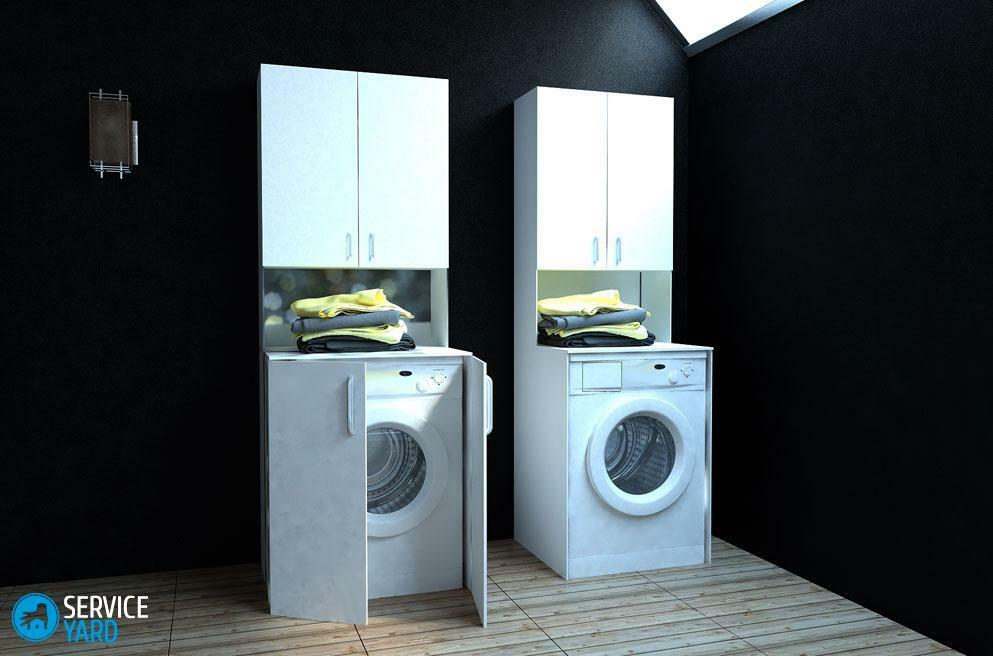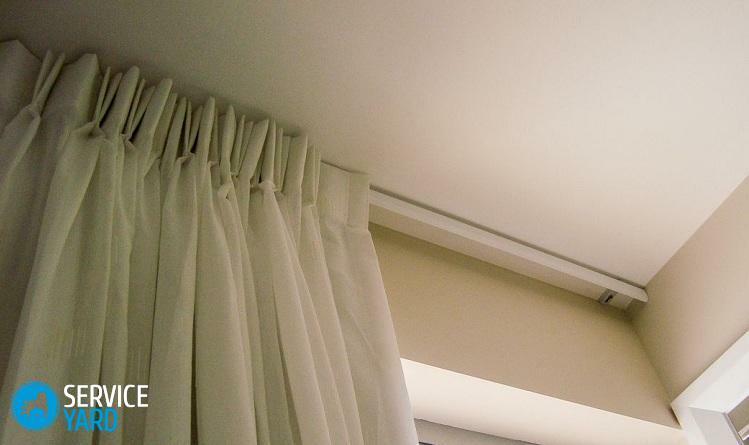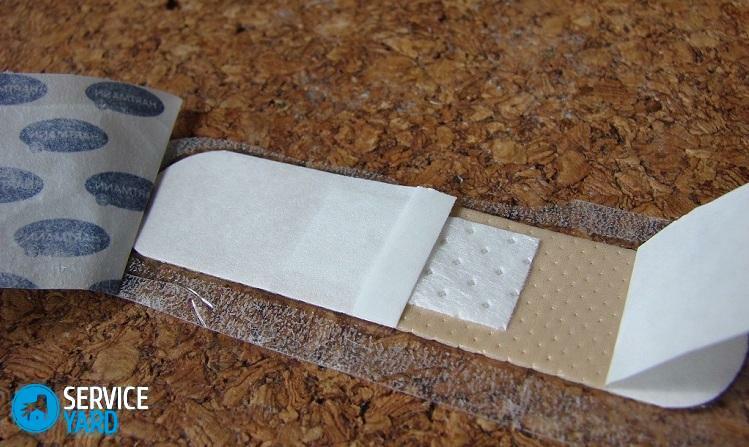


When connecting a washing machine, it is important to remember not only the safety of working with the appliance and the installation rules. We must not forget about the correct installation of the drain system. Today, let's analyze how to correctly connect the drain for the washing machine into the sewer. If you connect incorrectly, you risk not only flood yourself and neighbors, but also break down the device. Therefore, the installation must be approached with all responsibility and well prepared.
to the contents ↑Preparatory work
For proper operation of the device it must be installed correctly. Nearby there must be a water pipe, a socket and a drain. Therefore, for washing machines most often choose a bathroom or kitchen.
To begin with, study all the documents to the purchased device and, of course, the main document - the instruction for use. If the instruction is missing in the package - find it on the Internet or contact the seller.
Often careful study of it and careful observance of all recommendations is enough to understand how to correctly connect the drain of the washing machine to the sewer. But let's try again to recall the main points.
Steps:
- Find the dimensions of the drain socket for your model. They are useful when installing a hose.
Important! Note that the height of the nozzle may vary for different machines.
- Remove all shipping parts - these are wooden blocks, staples and transport bolts, which are necessary for the transport of the device, since its movable parts are fixed.
Important! Keep these parts, because if you need to transport the device, it will be much safer to do this by installing all the fasteners back. But during the operation of the device all transportation details must be removed, otherwise - the machine will very quickly become unusable.
- Place the plastic plugs in place of the transport screws.
- The coating on which the device is located should not slip, and the device itself should not cover damage during vibration. Therefore, the best option is to install the device on a tiled floor, with an anti-slip substrate or on concrete without it.
- Be sure to adjust the height of the machine feet.
Important! Note when removing the bolts that the tank hangs on the springs. Do not panic. This is his usual working position.
You also need to prepare tools.
Required tools
So, to equip the washing machine drain into the sewer, you will need:
- Several screwdrivers - to remove the packing material and bolts that hold the tank during transportation.
- Set of wrenches. They can be replaced with a universal key. They will be needed to adjust the legs, as well as secure all the connections of the pipeline.
- Pipes, siphon, adapters and other items, depending on the type of connection.
- Drain hose. Even if it is in the package bundle, check if its length and quality suits you. If something does not suit you, it's better to buy the necessary hose.
- Sealant and rubber gaskets for sealing joints
Important! When using pipes made of metal-plastic, you will need another pipe cutter and welding.
Then you can start work on connecting the device.
to the contents ↑Connection with a siphon
There are several ways to connect the device to the sewage drainage. Most often, a siphon is used for this purpose, since it does not allow unpleasant smells and sewage to enter the device.
Connection to the siphon
With this method, the drain hose is directly cut into the siphon under the sink.
This is a quick and cheap way, but it has its drawbacks. In the typewriter there may be a smell of sewerage.
To avoid it, you can create an air lock. For this:
- to the siphon connect the corrugation;
- bends it S-shaped;
- raise the upper end half a meter above the floor;
- in the corrugation is already assembling the drain hose of the machine.
Special siphon
There are siphons with a non-return valve, which do not allow unpleasant smells to leave the pipe. Connect it with a hose and sealant.
Important! If the corrugation does not bend, then all the unpleasant odors from the sink will fall into the tank with clean linen.
Connection through corrugation
In this case, the role of the siphon and takes on the corrugation. For this option, the corrugation is taken and bent S-shaped. Then it is installed in the sewer pipe.
Important! This is a more labor-intensive method, but it has all the advantages that a connection via a siphon has. It is often used if the siphon is far from the appliance.

Benefits of connection via the siphon
With any connection through the siphon, the following advantages can be distinguished:
- reliability;
- use safety;
- exterior aesthetics
- with siphon you are protected from the flood, as all connections are carefully sealed;
- You can also use the bath or washbasin at any time, without having to wash them after each wash.
Important! Please note that the siphon is installed vertically, since the horizontal version of the installation carries a risk of leaks.
Consider the option of draining without using a siphon.
to the contents ↑Insertion into the bathroom or toilet
This is a very easy way to provide a drain. It will require a drain hose and a hook-shaped nozzle:
- The nozzle clings over the side of the sink or bathtub.
- The hose is attached to it, and the dirty water leaves through their drains.
Disadvantages of the method:
- This is the simplest, but the most unreliable option, because with a strong head, the hose can tear and the flood can not be avoided.
- Unpleasant smell is another problem of this type of connection. The siphon to connect the washing machine to the sewer in this regard is more efficient and lacks the listed disadvantages, but this is a more labor-intensive method.
- Also the organization of a drain thus strongly pollutes the bath itself - after washing you will have to clean it extra.
Important! When installing this design, you must carefully fix the hook on the edge of the bathroom.
to contents ↑Drain hose and its height
In addition to the installation of the sink itself, the question of how to properly install the drain hose of the washing machine deserves attention:
- Be sure to consider the height of the drain hose installation:
- if it is too high - the water can not get into the drain;
- if too low - then through it water can be poured into the device.
- To ensure that the collected water is not drained before the time, raise the hose vertically by half a meter.
- To the device drain is connected at a height from the floor of about 80 cm. It is not necessary to install a hose above the hose, because the power of the pump pumping out dirty water may not be enough.
Most manufacturers also limit the length of the drain hose - no more than 1.5 meters. To determine the maximum length of the hose - it is necessary to find out the power of the pump, which pumps the water from the machine.
Important! Do not forget to install the drain hose in such a way that it does not twist, and does not squeeze out anything. Otherwise, water can stagnate or not pass into the drain at all.
to the contents ↑Test work and useful advices:
- After connecting all communications, be sure to check the machine by cleaning in it, for example, a towel. During operation, monitor the behavior of the device and drain - for leaks.
- Part of the masters advises leaving small air gaps during sealing, which will allow the water to pass more calmly into the sink, without returning to the tank of the machine. But the height of this gap should be higher than the possible level of water in the sink or bathroom.
The cost of professional work on the connection of household appliances today is quite high. If you deal with the nuances, then you can save and cope with this task yourself. But for difficult connections( for example, the need to install a machine in the corridor) or mounting problems, it is better to consult specialists.



